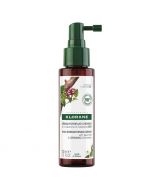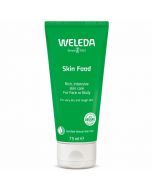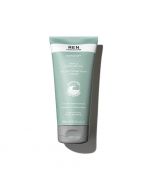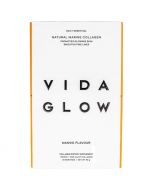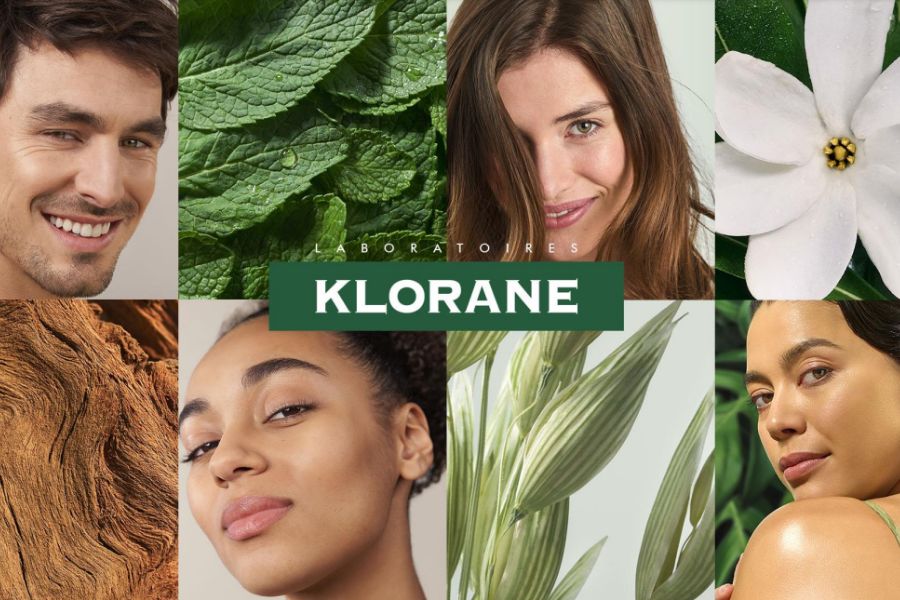
Navigating Sustainability In The Beauty Industry
Given the constant presence of climate change in our society, many sectors are striving to enhance their sustainability practices in an effort to contribute positively to the planets well-being. There are currently many concerns about the impact of the health and beauty industry on climate change and in this blog, we are going to investigate and address these issues as well as looking at companies who have got the right idea.
What are the current sustainability issues in the beauty industry?
Packaging Waste and Waste Management
Excessive packaging and single-use plastics remain a significant concern. According to the U.S. Environmental Protection Agency, a third of landfill waste is from the beauty industry, 120 billion units of packaging a year comes from beauty products, and its shipping contributes more than 1 billion tonnes of CO2 a year. In addition, many cleansers, exfoliators and other products include microbeads, which are little polymers manufactured from the chemical polyethene. Much of this waste often ends up in landfills but in many cases, it pollutes waterways, harming ecosystems and wildlife. The proper disposal and recycling of this waste remains a challenge due to the fact certain products, such as aerosol sprays, nail polish, and certain packaging materials, require specialised recycling processes. Inadequate infrastructure and consumer education can result in these products ending up in landfills or contaminating recycling streams.
Ingredient Sourcing and Transparency
Ensuring the ethical sourcing of ingredients can be difficult. Challenges include the traceability of raw materials, verifying fair trade practices, and preventing the exploitation of natural resources. Some brands may also lack transparency regarding the origin and composition of their ingredients.
Greenwashing
Greenwashing refers to misleading or false claims made by brands regarding their environmental practices. Some companies may use vague or unsubstantiated terms like ‘natural’ or ‘eco-friendly’ without adhering to rigorous sustainability standards. This can confuse consumers and make it challenging to identify truly sustainable products.
Chemical Safety
Some beauty products still contain potentially harmful chemicals such as parabens and formaldehyde-releasing preservatives. Parabens are not only harmful to the body itself but also have an ecological impact. They have been proven to kill coral and have been detected in surface water, fish and sediments due to waste. Formaldehyde breaks down quickly to create formic acid and carbon monoxide which are both very dangerous for the environment. Ensuring the safety of cosmetic ingredients and minimising the use of harmful substances is an ongoing concern.
Lack of Regulation
The beauty industry is not subject to stringent regulations regarding sustainability practices. While there are some certifications and standards available (e.g. organic, cruelty-free), they are not universally adopted or enforced. This lack of consistent regulations makes it difficult for consumers to make informed choices.
Limited Access and Affordability
Sustainable beauty products often come at a higher price point compared to conventional alternatives. This can make them inaccessible or less affordable for some consumers, limiting their ability choose sustainable options.
Company Attitude
A report by carbon trust showed that none of the world’s 10 largest beauty companies have set an independently validated net zero target. Furthermore, despite the ongoing threat of climate change on civilisation, reports from some beauty and personal care companies show their emissions are increasing.
Consumer Demand and Long-Term Viability
Consumer awareness and demand for sustainable products are growing. Today’s consumers are increasingly concerned about the environment, animal welfare and social responsibility. Brands that fail to adopt sustainable practices may face reputational risks and loss of market share. Furthermore, the beauty industry’s long-term success relies on a healthy planet and sustainable practices, so without prioritising sustainability the brands will struggle to keep customers and maintain brand relevance throughout the future of the beauty industry.
How can the beauty industry become more sustainable?
Ingredient Sourcing
Prioritise the use of ethically sourced, organic and renewable ingredients. Support local communities, fair trade practices, and biodiversity conservation.
Energy and Water Conservation
Improve manufacturing processes to reduce energy consumption and water usage. Implement energy-efficient technologies, renewable energy sources and water recycling systems.
Packing Optimisation
Minimise packaging waste by exploring eco-friendly materials such as recycled or biodegradable packaging. Adopt minimalistic packaging designs and consider refillable or reusable options.
Chemical Safety and Transparency
Ensure product safety by avoiding potentially harmful ingredients and promoting transparency regarding ingredient composition. Adhere to recognised standards and certifications for product safety and transparency.
Recycling and Waste Management
Develop recycling programs for beauty product containers, including collaborations with recycling facilities or take-back programs. Educate consumers on proper disposal practices and encourage the use of refillable or recyclable packaging.
Social Responsability
Promote fair labour practices, diversity and inclusion throughout the supply chain. Engage in philanthropic initiatives and support social causes that align with the brands values.
Consumer education
Raise awareness among consumers about sustainable beauty practices. Provide information on ingredient sourcing, recycling programs, and the importance of conscious consumption.
Collaboration and innovation
Foster collaborations within the industry to drive sustainability initiatives collectively. Invest in research and development of eco-friendly ingredients, packaging materials and manufacturing processes.
Supply chain transparency
Enhance transparency by tracing and disclosing the origins of ingredients, manufacturing processes, and social practices throughout the supply chain. Collaborate with suppliers to ensure sustainable practices are upheld.
Regulatory advocacy
Advocate for stricter regulations and standards related to sustainability in the beauty industry. Collaborate with regulatory bodies to establish guidelines for sustainable practices to support initiatives that promote environmental protection.
Brands that are improving
The skincare industry is experiencing a powerful shift towards sustainability, as brands recognise the importance of preserving both our skin and the planet. Embracing eco-friendly practices, these forward-thinking skincare companies are redefining beauty by prioritising ethical sourcing, recyclable packaging, and reducing their carbon footprint:
Klorane
“Our passion and respect for the world of plants encourages us to constantly contribute to its preservation. Inspiration from nature is infinite, but natural resources are not. It is our mission to strike the balance between nature's benefits and its preservation.”
Nearly 20% of their active ingredients come from their own land in France. When production there is not possible, they establish contracts with sustainable like-minded producers all of which are evaluated on their environmental practices and social responsibilities.
They have developed a biodegradable formula to ensure less pollution.
As of 2021, all of their shampoo bottles are made from recyclable and recycled plastic. They have decided to remove the face and eye makeup wipes from their range.
Their manufacturing sit is powered by a biomass boiler which has reduced their carbon footprint by 1,600 tonnes of CO2 each year. It also ensures that 80% of the factory’s operation is based on renewable energy.
REN
In 2018 REN pledged to become a zero-waste company by the end of 2021, producing only recycled, recyclable or reusable packaging.
In those 3 years:
Over 250,000 products were produced using recycled materials.
They teamed up with TerraCycle to create a bottle made from 80% recycled plastic and 20% plastic debris reclaimed from the ocean.
They removed unnecessary cartons from their cleansers, leaving the naked bottles and reducing excess cardboard waste.
They have gotten rid of foil sample sachets and managed to save over 4.4 million going to landfill sites in doing so.
Vida Glow
As the number one marine collagen brand, they are dedicated to responsible fishing. They make the marine collagen itself using fish skin, a by product of the food industry which would otherwise go to waste.
They utilise a range of species to reduce potential impacts on biodiversity as well as completing the amino acids necessary to deliver the desired results.
Vida glow products are packaged in recycled and kerbside recyclable paper sleeves and boxes. Website orders are shipped in recyclable cardboard boxes and presented in tissue paper ensuring there is no unnecessary packing materials.
Weleda
100% of their ingredients are of natural origin.
50 long-term partnerships with organic producers around the world.
100% renewable energy used on Swiss, German and French productions sites. 91% for the other subsidiaries.
Largest garden of medicinal plants in Europe with 23 hectares on which flourish 50 different types of birds and 30 species of wild bees.
98% of the waste produced during the manufacture of products is reused.

